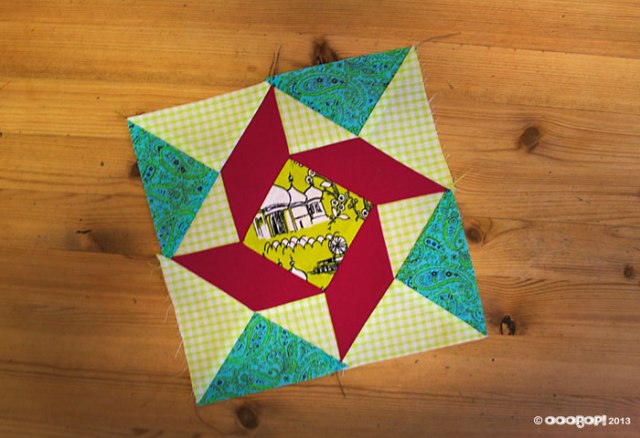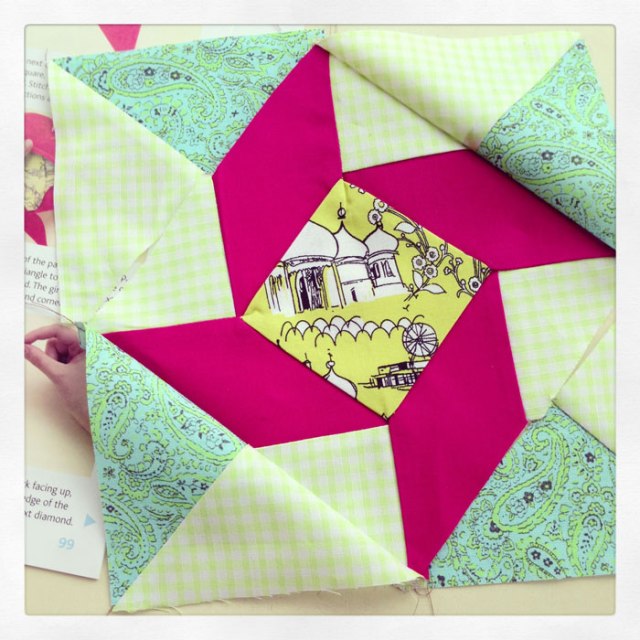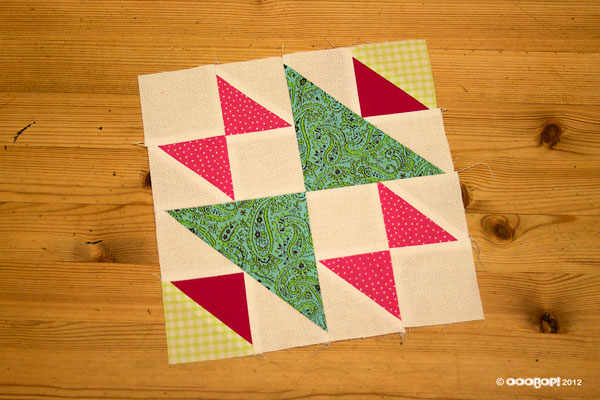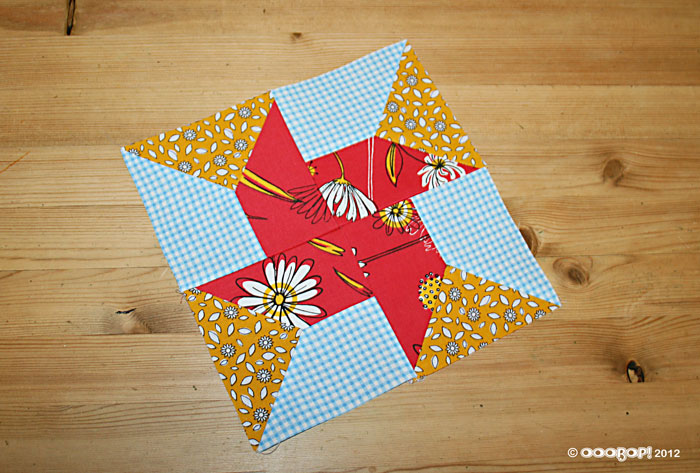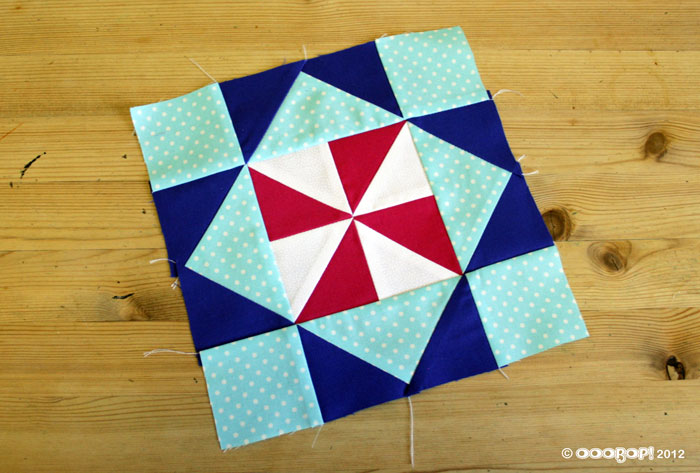It’s one of those annoying but imperative things that live in the bottom of my handbag. Forced to live there because I need it, always: The PINsentry machine. But the trouble is, there’s all sorts of other stuff residing at the bottom of that bag too: bobby-pins, small coins, powder-puffs, crumbs… you get the picture. And these things are not conducive for a healthy device. It’ll get sick and at somepoint refuse to recognise my card at the most crucial time. Two previous ones have already met with their demise. In justified protest, no doubt.
So after all these years, I decided to do the honourable thing and replace the obligatory deflated bubble-wrap protector for something slightly more glamourous. And I have decided for the good of the nations PINsentry card readers to detail each step in the making so you can give yours a better future too.
Please note that this size fits the regular Barclays Bank PINsentry machine for other sizes you will need to adjust the template.
Materials:
- 2 small pieces of fabric each measuring at least 320mm x 160mm
(1 kind for the outer, 1 contrasting piece for the lining)
I cut mine from Cath Kidston fat quarters - Small piece of wadding (final size: 212mm x 137mm)
- Choice of closure: velcro, button or press stud
- Matching thread
Step 1
Print out the template from the link here: PINsentry_machine_case_pattern (making sure you print it at actual size) and cut the following pieces from your fabric:
1 x case outer in main fabric
1 x case lining
1 x wadding piece
1 x flap outer in main fabric
1 x flap lining
Step 2
With right sides together, sew flap pieces together with 1.5cm seam allowance, leaving the top edge open as shown in (A) below. Trim the edges close to the stitching (B).
Turn the right side out and press. Top-stitch a quarter inch from edge, all round, excluding top edge.
Step 3
Position the flap with right sides facing to the outer fabric piece as shown below. The flap should sit 20mm in from the left side. Sew along the top, inside the seam allowance. About quarter inch from the top edge.
Step 4:
Now to make a ‘sandwich’ of all the pieces! Following the image below, first place the wadding on the bottom, then your outer case piece with the flap attached, and lastly your lining piece, face down on top.
Stitch all pieces together along the top edge as shown.
Fold back the lining piece and give a good press.
Trim the wadding so it doesn’t extend past the fabric edges. And also trim the wadding close to the stitching on the reverse seam as below, right.
Step 5
Fold the assembled pieces over – right sides facing – to make one long tube with lining at one end and the wadding at the other as shown below. Make sure the central seam matches:
Now stitch all round, leaving a gap to turn through in the bottom of the lining as shown by the black line below:
Trim seams all round, close to stitching but don’t trim the fabric above the opening (C).
Clip and then ‘box’ the corners of the end with the wadding, as show below (D). Just sew diagonally half a cm or so in from the point.
Step 6
It’s getting exciting now! Turn through, give a light pressing and sew the open end of the lining closed. You can slip stitch by hand or just machine stitch over the end as no one will ever see inside!
Push the lining inside the outer case and admire those box corners!
Step 7
All that’s left to do is to hand sew some velcro or closure of choice and snuggle your PINsentry machine safely inside.
Sure beats a dilapidated placcy bag!
Little things like this make me smile and this little thing is no exception. There’s something quite cleansing about stepping away from the larger projects (I’m looking at you, Boer War Jacket) to get a sewing hit from the smaller ones.
But don’t worry. I’m not ditching the bigger stuff. Oh no! Just procrastinating…. just a little! 😉



























